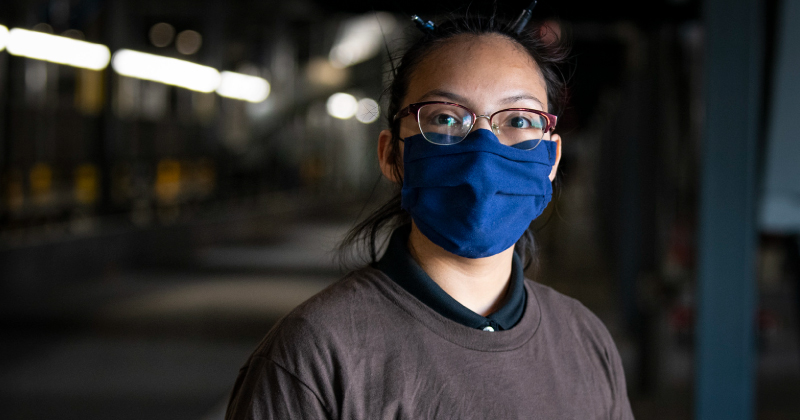MCN Position Statement: Climate-Integrated Disaster Preparedness Needed to Protect Most Vulnerable Workers

Unprecedented tornados ripped through large swaths of the Midwest on Friday, killing dozens including many workers across multiple states. In Kentucky, eight people died at work at a candle factory that was destroyed by a tornado; in Illinois, six Amazon warehouse workers died when the roof of the building collapsed. Over 100 remain unaccounted for.
This terrible tragedy has shone a spotlight on the inadequacies of worker protections as the climate crisis ramps up. Migrant Clinicians Network is concerned about several critical components in this tragedy that are bound to repeat across the country unless climate-integrated disaster preparedness and worker protections are given consistent, thorough review and full implementation with the most vulnerable workers in mind:
- Workers at high risk, including low-wage workers, must be prioritized in disaster preparedness. As has become typical in such a disaster, the workers most affected are those who are low-wage, with no safer alternatives like flexibility in shift times, work-from-home options, or ability to refuse to work. These workers additionally have minimal input into workplace disaster preparedness plans. Some are not trained sufficiently in such plans, due to time constraints, cultural or linguistic barriers, or part-time, temporary, or contractual work status. Culturally appropriate, low-literacy and multilingual, regular, paid trainings must be provided for all workers before work begins.
- The climate crisis must be integrated. “Unprecedented”: this term describes recent wildfires on the West Coast, Atlantic hurricane seasons for the last six years, and these recent tornados. New disaster preparedness plans must take into full consideration the range, severity, and frequency of disasters that are possible, including fire, flood, hurricane, tornado, heat waves, and winter storms.
- Workers must be provided with basic rights at the workplace. Amazon workers were reportedly not permitted to have their cell phones with them during their work hours, which could have assisted in rescue operations after the warehouse collapsed. It is unclear why rescue crews are unaware how many workers could be still missing at that warehouse, as commonplace workplace protections include full accounting of workers on duty and on site at any given time. In the Kentucky candle factory, workers who requested to go home were reportedly told they would be fired if they left the job site, despite the tornado sirens. The building was leveled by a tornado shortly thereafter. Basic comprehensive workers’ rights, including the right to a safe and healthy workplace and the right to paid leave, ensure that workers are in the best position to stay safe, should disaster strike.
- Workplace safety extends outside of the workplace. Many low-wage workers are called into work during a dangerous weather event, with assurance that the workplace has sufficient safety protocols in place, while employers ignore the dangerous conditions the worker has to navigate in order to get to and from work. Many of these workers have to battle flooded streets or downed power lines to get to their “safe” workplace, or face job loss. Additionally, low-wage workers are more likely to have housing or communities that cannot withstand climate extremes, which may increase their need to evacuate out of the area. It is the responsibility of the employer to consider the whole environment, and not just the workplace, in determining disaster protocol.
Much of the dialogue around climate disasters and workers has been focused on outdoor workers. However, climate-intensified crises also affect low-wage indoor workers, and it is the responsibility of workplaces to ensure basic health and safety on the job. The changing environment must be matched swiftly with bolstered and well-considered disaster preparedness plans.
Got some good news to share? Contact us on our social media pages above.
Return to the main blog page or sign up for blog updates here.
- Log in to post comments
